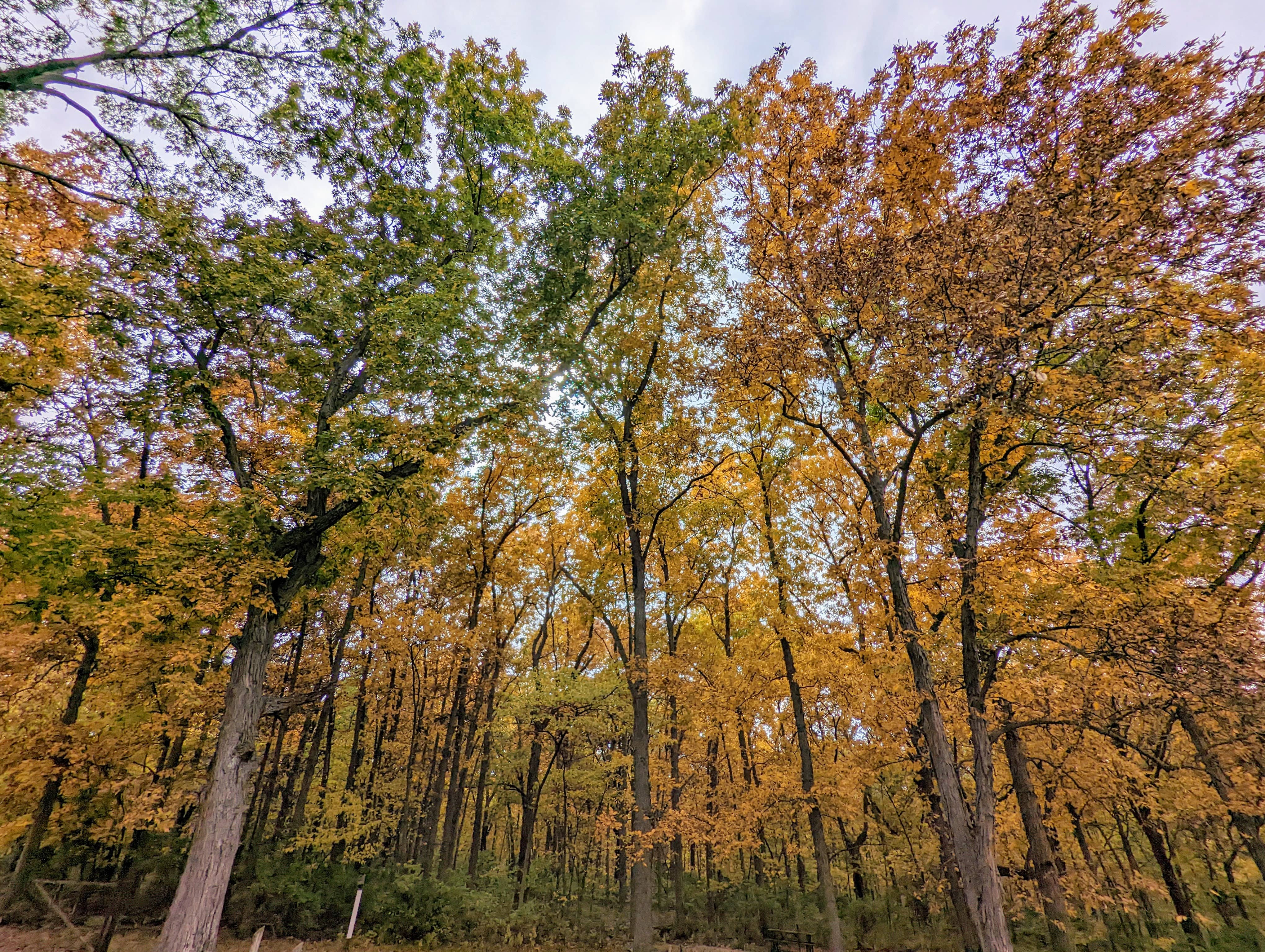
While it’s been warmer than normal for the majority of September, fall will soon be in the air in south central Iowa.
Dr. Paul Weihe is a Professor of Biology at Central College, and after several years in a row with a drought in the summer, which creates stress on trees, this year is much closer to normal, even with a recent stretch of dry conditions, and this should extend the season and its vibrancy.
Weihe says there are two main drivers of color change in leaves, which will be made easier this year due to the lack of stress on the plants themselves.
“One of those would be sort of the yellows, oranges, and golds, and those really are pigments that were present in the plant all along, but those were masked by the green, and that’s what most of us were taught about how color change works,” he says. “But there’s the whole category of colors which are the reds, purples, and some of those really vibrant ones–those are actually produced in response to the changing conditions as we enter the autumn, so those are really acting as a sunscreen to protect the tissues within the leaf, while the tree is recovering some of those materials that the leaf is made out of for recycling and use the following year.”
Hear more from Weihe about nature’s transformation from summer to autumn on today’s Let’s Talk Pella.


